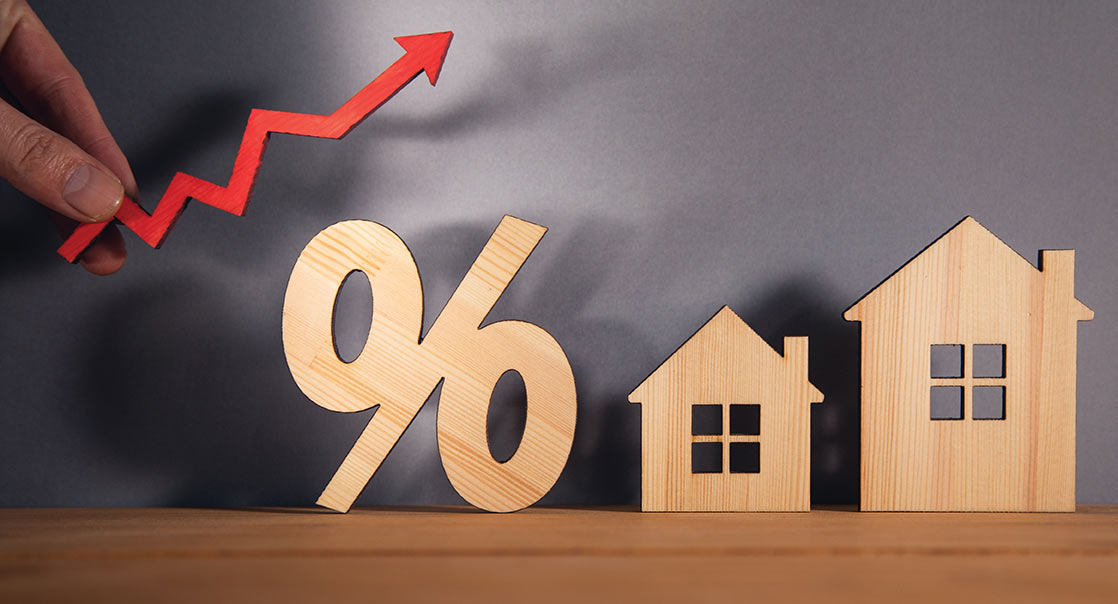On Real Estate & More – October 2023
As homebuyers adjust to mortgage rates that have climbed to their highest level in more than two decades, it has led to some real transitions in the housing market. Home affordability has emerged as a major issue due to low inventory and increased borrowing costs. Although average home prices nationwide are below their peak, prices have recovered in recent months. After an initial slowdown, new home construction has also picked up as well, which could ultimately help relieve low inventory levels.
The housing market changed significantly after inflation’s sharp increase led the Federal Reserve (Fed) to take major steps. The Fed’s actions, including hiking short-term rates from near 0% to more than 5.75%, are designed to slow the economy and lower inflation. The Fed’s policy shift resulted in higher mortgage rates and therefore increased monthly payments for home buyers. That has made housing less affordable and has especially impacted the first-time homebuyer.
Another consequence of higher mortgage rates is an unwillingness among existing homeowners to sell. Owners looking to sell their existing home and purchase another property will face increased borrowing costs and higher (home) prices.
Some would-be buyers are priced out of the market. The Fed’s interest rate increases since last year have led to much more expensive mortgages. That is slowing down the housing market. According to the National Association of Realtors, sales of existing homes in July were down almost 17% from a year ago. The average interest rate was over 7% in the first week of September, the highest since 2001. That means the monthly payment on a $300,000 loan is now about $330 more than it was last summer.
Because of the interest rate, many buyers are sitting on the sidelines. Many sellers are waiting as well. Anyone who bought or refinanced a home in recent years likely has a mortgage with a significantly lower interest rate, so selling would be costly. There are about 15% fewer existing homes on the market in July than a year ago, because sellers don’t want to give up their 3% mortgage and then have a 7% mortgage.
Fewer existing homes are changing hands these days, but surprisingly, there has been little or no break in prices. In fact, the average existing home sold in July cost nearly $407,000—an increase of 1.9% from a year ago. More than a third of homes sold for more than their asking price last month.
With so few existing homes to choose from, more would-be buyers are turning to new construction. Sales of new homes in July were up more than 31% from a year ago. Builders offering discounts have been helped by falling costs for lumber and other materials, but they’ve also been designing somewhat smaller houses to keep prices affordable for buyers. According to the National Association of Home Builders (NAR), the average size of a new house has fallen from about 2,350 square feet at the end of 2021 to about 2,200 square feet today.
Even with home prices stabilizing and mortgage rates remaining elevated, demand remains relatively strong. And, with higher mortgage rates, it appears we’ve found a new and acceptable equilibrium for housing market transactions to occur.

 Sandy J. Brown lives in Jacksonville and is a real estate broker and land use planner with Windermere Van Vleet Jacksonville. She can be reached at sandyjbrown@windermere.com or 831-588-8204.
Sandy J. Brown lives in Jacksonville and is a real estate broker and land use planner with Windermere Van Vleet Jacksonville. She can be reached at sandyjbrown@windermere.com or 831-588-8204.